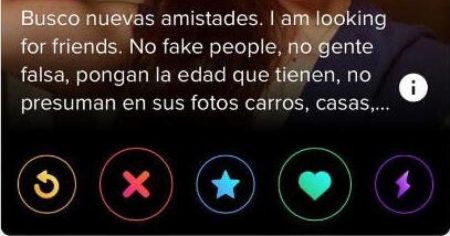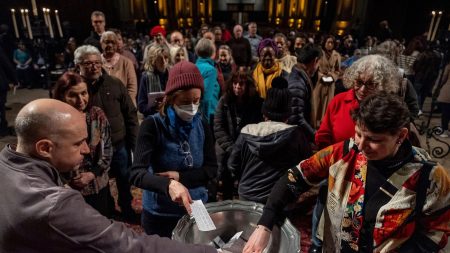A Woman Found Dead in 1982 Finally Identified After Four Decades
In December 1982, a real estate agent assessing land in Loxahatchee, Florida, stumbled upon human remains that would Momentum has been a mystery for over 40 years. The discovery was made in Palm Beach County, just north of Miami, and it marked the beginning of a cold case that would go unsolved until 2023. The remains were identified as those of a White woman believed to be between 24 and 34 years old at the time of her death. Investigators determined that she had been shot in the head, and her death was ruled a homicide. Despite efforts to identify her, including the creation of a DNA profile and entries into national databases like CODIS and the National Missing and Unidentified Persons System, the case remained unresolved for decades.
The woman was nicknamed "Jeweled Mom" due to the five pieces of jewelry found alongside her remains. These items included a silver handcrafted heart-shaped pinky ring, a gold mariner’s anchor necklace with a 180-degree twist, a wristwatch, a four marquise-cut ring, and a diamond ring with a 14K white gold setting. The jewelry, along with the sketch of the woman created from her remains, became the only clues to her identity for years. The case remained cold, with no leads or matches in the national databases.
A Cold Case Revisited with Advanced DNA Technology
In 2021, the Palm Beach County Sheriff’s Office partnered with Othram, a company specializing in genetic genealogy, to reopen the case. Othram’s scientists used advanced DNA testing to extract DNA from the forensic evidence collected in 1982. This DNA was used to build a new, more detailed profile, which was then analyzed using forensic genetic genealogy. This method involves searching for DNA matches among the woman’s potential relatives rather than looking for a direct match. By comparing the DNA profile to genealogy databases, investigators were able to generate new leads about the woman’s identity.
Forensic genetic genealogy has become a powerful tool in solving cold cases, helping to identify both victims and perpetrators. In this case, the leads generated by Othram were passed on to investigators, who conducted follow-up interviews with potential relatives. A reference DNA sample was collected from one possible relative, which was then compared to the DNA profile built by Othram. This process ultimately led to a positive identification of the remains.
Leona Jean Keller: A Name for the Unidentified
The remains were identified as those of Leona Jean Keller, a 37-year-old woman who had been a mother. Her identification marked the 36th case in Florida where Othram had assisted law enforcement in identifying a victim. The breakthrough brought closure to a case that had haunted investigators and the community for decades. Leona’s story, once shrouded in mystery, finally had a name and a face.
This case highlights the importance of persistence and advancements in technology in solving cold cases. Leona’s identification not only provides answers to her family but also serves as a testament to the ability to uncover the truth, even after decades.
Closure for a Family After Decades of Uncertainty
Leona Jean Keller’s identification brought an end to 40 years of uncertainty for her family. While the exact circumstances of her death remain under investigation, the fact that she was found and identified offers a measure of peace. For her children, who were likely young when she disappeared, the discovery of her remains and the confirmation of her fate provide closure. The jewelry found alongside Leona serves as a poignant reminder of her life and the person she was.
This case underscores the emotional toll of cold cases on families and the importance of their resolution. Leona’s story is a reminder of the resilience of loved ones who hold onto hope, even as the years pass.
The Legacy of a Cold Case Solved
The identification of Leona Jean Keller is more than just a solved case; it is a testament to the power of DNA technology and the collaborative efforts of law enforcement and organizations like Othram. This case highlights the enduring importance of seeking justice and closure, no matter how much time has passed.
For Leona’s family, the identification brings an end to decades of unanswered questions. It also serves as a reminder of the thousands of other unidentified individuals whose stories remain untold, and the work that still needs to be done to bring them home.
In conclusion, Leona Jean Keller’s story is one of hope and resilience, showing how even the coldest of cases can find resolution through determination and innovation. Her identification not only honors her memory but also offers a sense of closure to those who loved her, ensuring that she is no longer just a nameless victim but a woman remembered and cherished.















